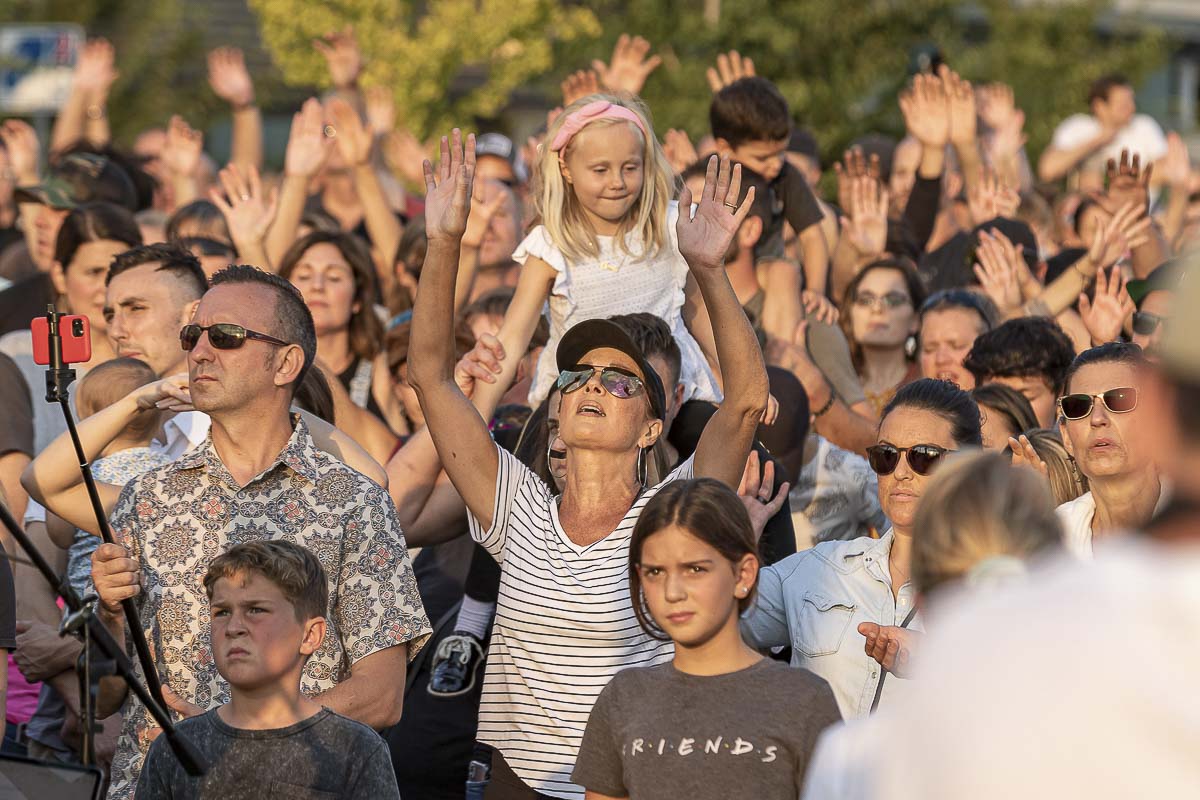Analysis of 235 confirmed cases in the first three weeks of the month shows 27 percent of cases linked to social gatherings
CLARK COUNTY — It may be another week before we get a clear picture regarding the impact of the Labor Day Weekend on Clark County’s COVID-19 situation, but it’s already clear that small, private gatherings are a key factor in how the virus spreads.
Clark County Public Health, today, released a breakdown of case investigations involving 235 of 510 people who tested positive between Sept. 1-21. Another 127 cases could not be tracked to a specific location, and 148 cases remain under investigation.
Forty-one percent, or 97 cases, were likely infected by a household member who brought the virus home.

As for where those household members got sick, social gatherings were, by far, the most common places.
However, large social gatherings held outdoors did not seem to be a significant contributing factor in COVID-19 infections. Out of the 235 cases where information was available, 64, or 27 percent, came from a social gathering. But only two of those cases were linked to a large public gathering of more than 50 people.
By comparison, 48 of those 64 cases were linked to small private gatherings of 10 or fewer people. Three cases were linked to private gatherings of between 11 and 49 people, with three more connected to private gatherings of more than 50 people.
The next highest incidence of exposures were in health care settings (17 cases), long-term care facilities (12), and workplaces (10 in office settings/8 in manufacturing or warehouses).
Grocery stores were linked to seven cases, with one at a retail location. Four others were connected to restaurants, though it wasn’t clear if those were customers or employees.
One person believed they had contracted the virus on a recent flight, and another contracted COVID-19 while on a trip out of the country.
Here’s the full list of sources of exposure for the 235 cases between Sept. 1-21 for whom there was data available:
- 41% – household member (97 cases)
- 20% – private social gathering, 1-10 ppl (48)
- 7% – health care setting (17)
- 5% – long-term care facility (12)
- 4% – office (10)
- 3% – manufacturing/warehouse (8)
- 3% – travel, out of state (8)
- 3% – private social gathering, 11-49 ppl (7)
- 3% – store – grocery (7)
- 2% – food establishment/restaurant (4)
- 2% – place of worship (4)
- 1% – public social gathering, 11-49 ppl (3)
- 1% – private social gathering, 50+ ppl (3)
- 1% – public social gathering, 50+ (2)
- <1% – public social gathering, 1-10 ppl (1)
- <1% – flight (1)
- <1% – store – general retail (1)
- <1% – preschool/childcare (1)
- <1% – travel, out of county (1)
Information about mask usage for the social gatherings involved in these cases was not available, and it was also unclear if multiple cases could be linked to a single gathering.




